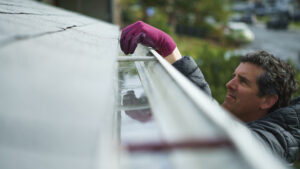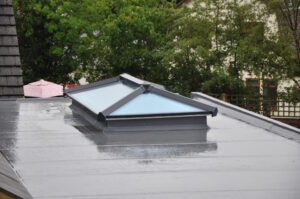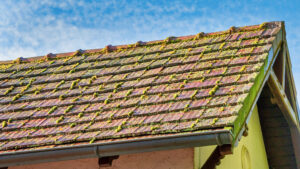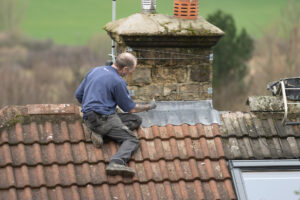Embarking on a roof replacement journey requires homeowners to arm themselves with thorough research. However, the extensive exploration of project elements like materials, warranties, costs, and ventilation can be daunting. Equally critical is finding a trustworthy roof replacement contractor – a task many homeowners struggle with. The right contractor can make all the difference between a successful project and one plagued by mistakes, even for seasoned roofers. As you delve into the planning process, staying mindful of these eight common pitfalls can lead to a seamless and effective roof replacement, ensuring a durable and reliable roof for years to come.
Overlooking Starter Strips: A Common
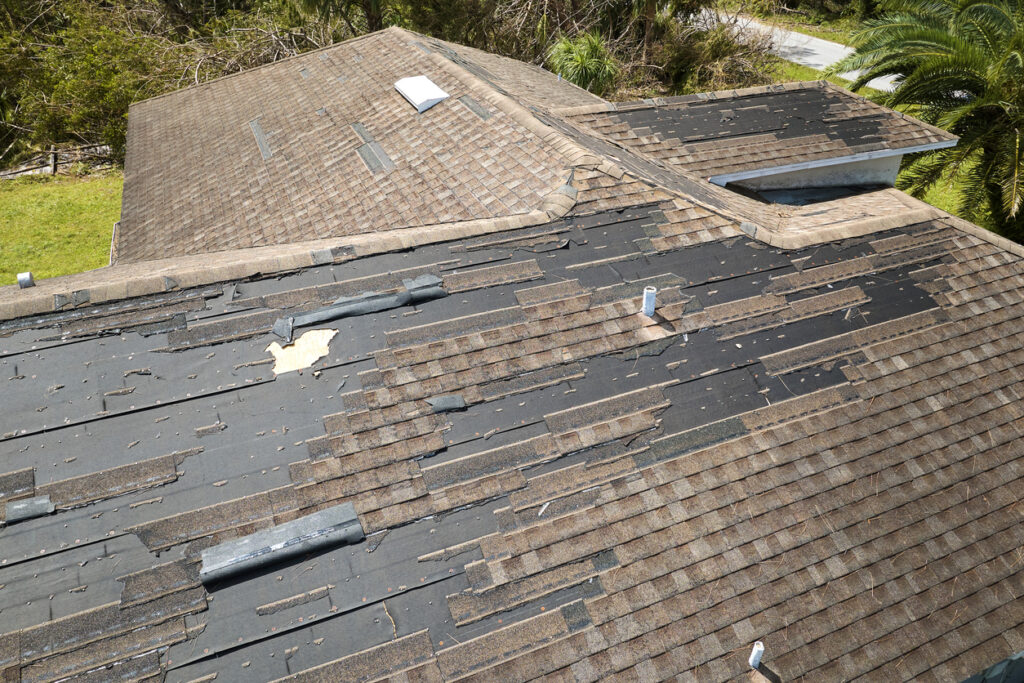
Every roof replacement should include a crucial component – starter strips. These adhesive strips provide a foundational layer for shingles, preventing direct installation to the frame and safeguarding the roof against wind and elemental damage. Neglecting starter strips can lead to premature shingle failure and cause them to blow off and compromise the roof’s longevity. With a roof designed to last for decades, it is imperative not to overlook this simple yet essential step to ensure a durable and secure roof for years.
Neglecting Ice and Water Shield: A Roof Replacement Oversight
Over the years, it has become standard practice to seal roof eaves with ice and water shield during replacements. However, some ‘old-school’ contractors might still Roof Replacement Mistake prefer using traditional underlayment. To ensure the best protection for your roof, it is crucial to confirm that your chosen roof replacement contractor is installing ice and water shield in vulnerable areas, particularly in regions with a wet climate like Maryland. Without this protective layer, your roof could be more susceptible to leaks and water damage, potentially leading to costly repairs and compromising the overall integrity of your home.
Potential Pitfalls of Using Low-Quality Pipe Collars in Roof Replacements
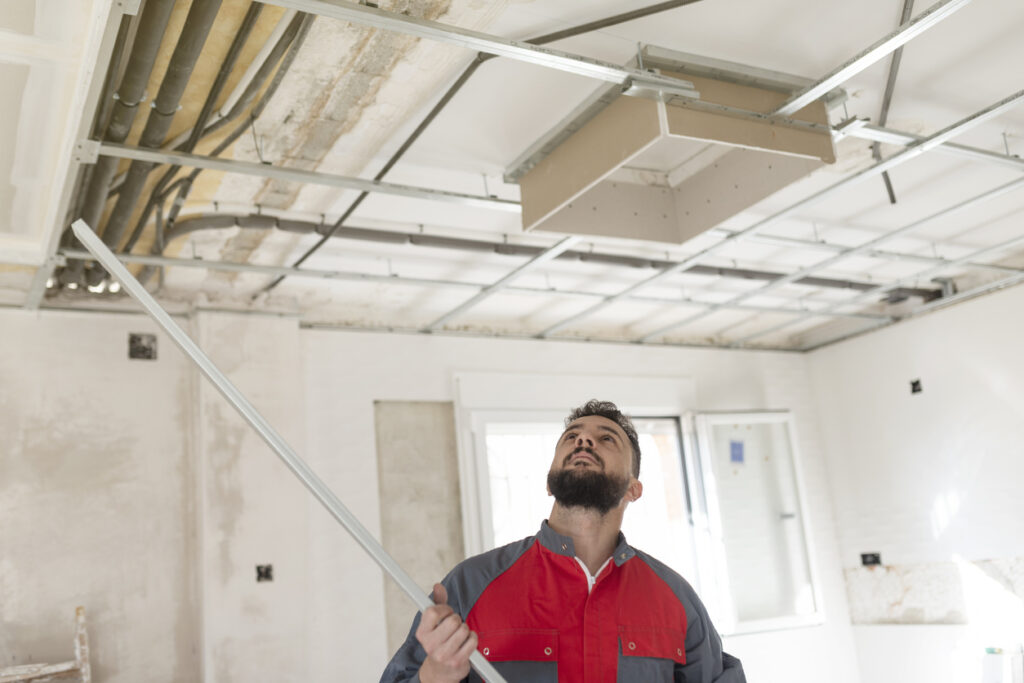
Crucial for filtering gas out of kitchens and bathrooms, rooftop vents play a vital role in proper ventilation. However, ventilation pipes have become a frequent cause of rooftop leaks. The issue often lies with roof replacement contractors who install low-quality collars around these pipes, lacking durability for long-term use. Additionally, errors during collar cutting can result in cracks that gradually worsen over time which permits water to seep beneath the roofing materials. It is imperative to choose a contractor who utilizes high-quality collars and demonstrates precision in installation to ensure a watertight and reliable roof for years to come.
Risks of Relying on Caulking for Roof Water Resistance
Caulking has proven itself as an indispensable tool in various renovation projects, forming waterproof seals around windows, doors, kitchens, and bathrooms. However, it is essential to note that roof replacement contractors sometimes make the mistake of relying solely on caulking for water resistance on roofs. The problem is that caulking has a tendency to shrink and expand with changing weather conditions which cause the development of cracks over time. These cracks become gateways for water infiltration, causing potential damage to the roof structure. For optimal protection against the elements, it is advisable to place trust in a robust flashing system and a genuine waterproof/resistant underlayment to ensure a resilient and leak-free roof.
Maintaining Proper Layering Sequence: A Key Aspect of Roof Replacement
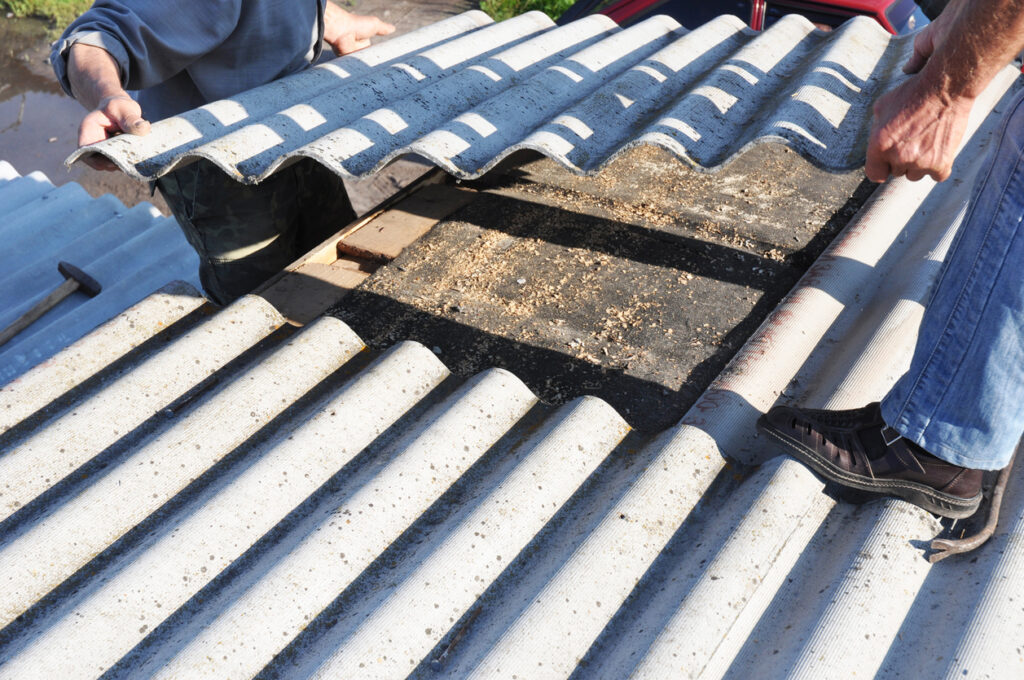
While many homeowners focus on the shingles, roof replacement is much more than just the top layer. Roof replacement contractors are well aware of the essential layers required for a successful project. However, a common mistake occurs when these layers are added in the wrong order, which tends to compromise the overall protection of the roof.
To ensure the utmost safeguarding, the proper sequence should begin with the eave, followed by the drip edge, ice/water guard, and underlayment. Subsequently, flashing, shingles, and ventilation should be added. Adhering to this meticulous order guarantees a durable and resilient roof, with each layer contributing to its longevity and protection against weather elements and potential leaks.
The Dangers of Excessive Flashing in Roof Replacements
Step flashing is a popular method for bolstering water resistance in new roofs and involves intricately weaving flashing and shingles together rather than using traditional layering techniques. However, a potential issue arises when contractors overdo the installation process. Some may struggle to skilfully integrate flashing and shingles, leading to gaps that compromise the intended water-tight seal. Additionally, improper nailing practices, such as fastening flashing to both walls and the roof deck, can exacerbate the situation. Ensuring precise and skillful step flashing installation is crucial to maintain a watertight and secure roof which helps safeguard the home from potential water damage.
Avoiding Mishaps: The Importance of Choosing the Right Fastener Length in Roof Replacements
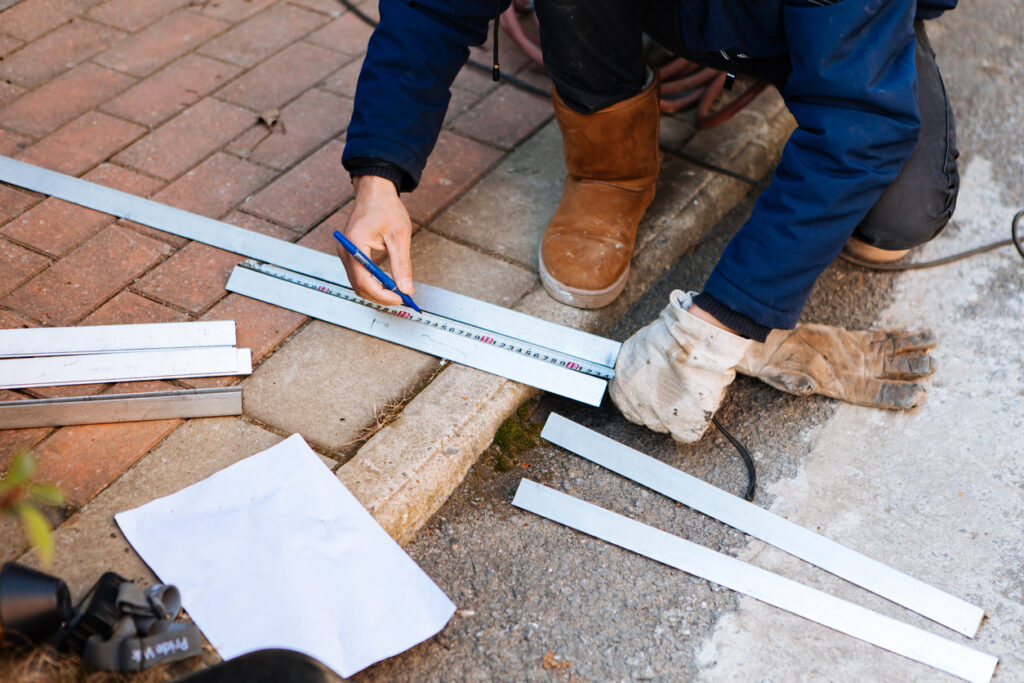
While seemingly straightforward, using the correct nail length to fasten shingles to the roof deck is paramount for a sturdy and reliable roof. During hectic seasons, contractors may inadvertently select fasteners that are too short due to time constraints between projects. This oversight leads to loose shingles that are vulnerable to wind damage and water infiltration posing risks to the integrity of the home. It is imperative for homeowners and contractors alike to prioritize the selection of appropriate fastener lengths, ensuring a well-anchored roof that can withstand the elements and provide lasting protection.
Overlooking the Roof Deck: A Common Oversight in Roof Replacements
Roof decking serves as the fundamental foundation for any roof replacement project. Regardless of the quality of other installation aspects, if the decking is weak or compromised, the entire roof’s integrity may be at risk.
Unfortunately, some roof replacement contractors may overlook existing deficiencies in the decking, proceeding with the project without addressing potential issues. While this approach may save costs in the short term, it can lead to a sub-par roof replacement that may suffer from leaks, sagging, or other structural problems in the long run.
To ensure a successful and durable roof replacement, it is imperative for homeowners to insist that contractors thoroughly inspect the decking before commencing the project. If any weaknesses or damages are identified, taking the time and investment to replace the decking will result in a more reliable and long-lasting roof as it offers enhanced protection for the home and its occupants. By prioritizing the condition of the roof deck, homeowners can avoid future headaches and enjoy the peace of mind that comes with a solid and secure roof.
Reliable Roof Replacement with WABO Roofing: Trustworthy Solutions for Your Home
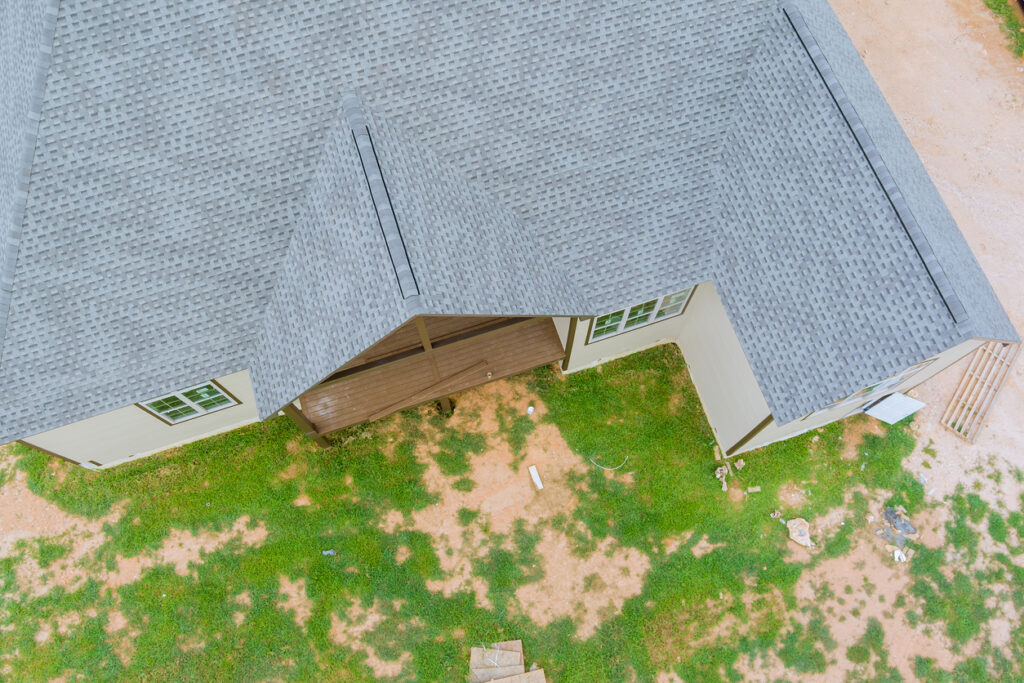
WABO Roofing is a trusted and reputable roofing contractor offering roof replacement services in Houston and surrounding areas. With a commitment to integrity, competitive pricing, and superior craftsmanship, we stand out as a reliable choice for homeowners. We ensure customer satisfaction and protection. Our specialists provide free inspection and guide clients through the claims process if needed. We are fully licensed, insured, bonded and will prove to be your ideal partner for a stress-free and exceptional roof replacement experience.

